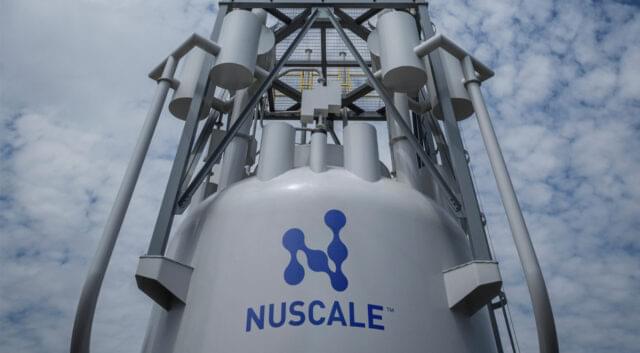I find the following interesting because Firefly Aerospace is just a few miles from my house plus it is an example of one more company pulling out of Russia for good. Russia’s economy will be much weaker by the time this war is over and their space industry will be decimated.
Northrop Grumman is moving production of the engines and structures for its Antares rockets to the U.S. from Russia and Ukraine, a move that will have cascading effects throughout the space industry.
The aerospace giant said Monday it will move Antares production fully to the U.S. through a partnership with Texas-based Firefly Aerospace. Northrop Grumman had purchased Russian RD-181 engines to power the Antares 230+ series, and the rocket’s main body was manufactured by Ukraine’s Yuzhmash State Enterprise.
The new arrangement mainly resolves the break in Antares manufacturing caused by Russia’s invasion of Ukraine in February. But in addition to salvaging the Antares rocket series, the cost-sharing deal also helps ensure NASA’s cargo missions to the International Space Station keep flying regularly and brings muscle to Firefly’s plan to build a larger rocket called Beta.




